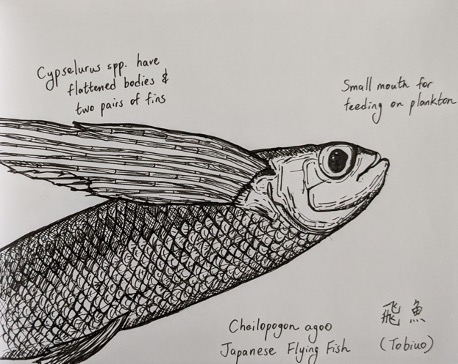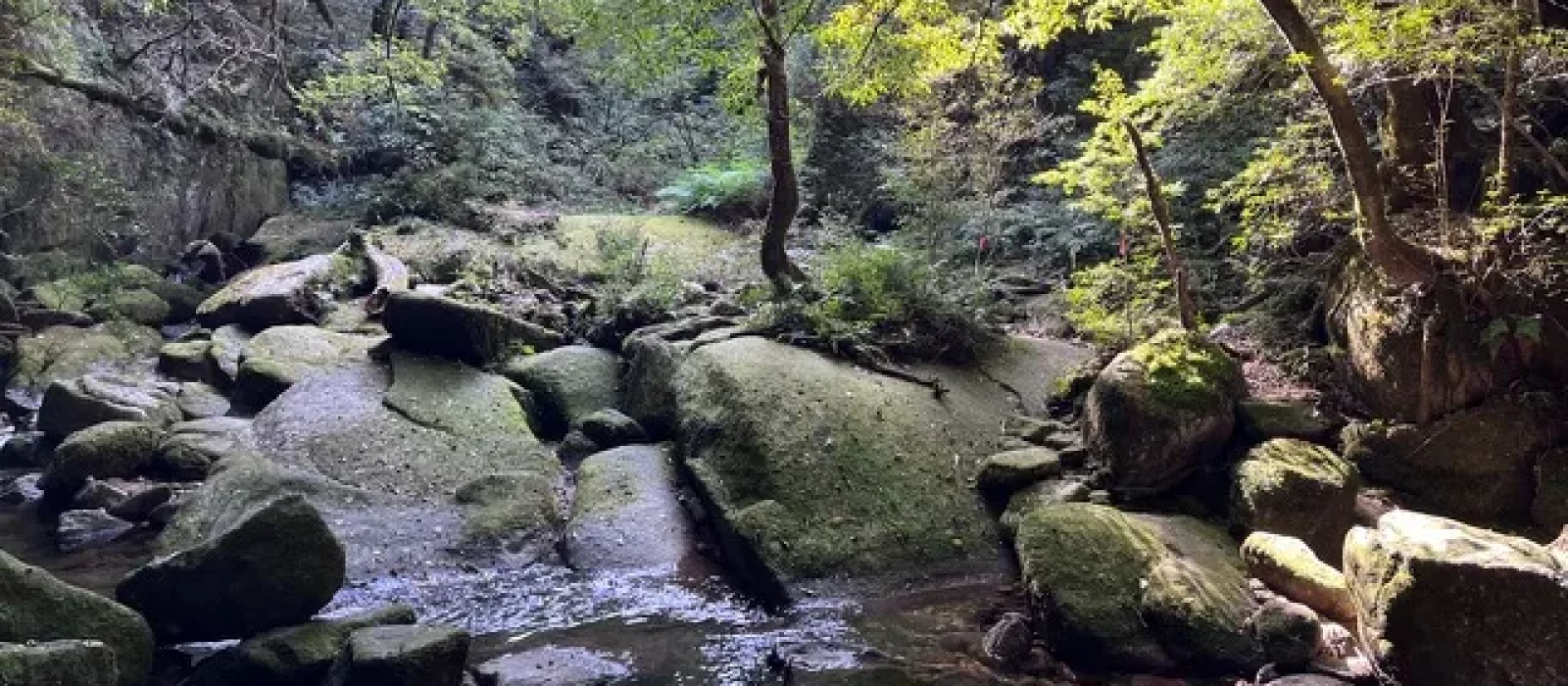Two years ago, Dieter took us on board the Vaka into the Mediterranean. With the hydrophone, we tuned into the hunting clicks of sperm whales and often would soon after see them surface nearby. Sometimes fin whales crossed the horizon, in pairs or pods, keeping their distance. At night, while we watched the stars illuminate the sky above, we could sometimes sense the presence of big bodies right next to us. The distinct hiss from a blowhole, the sea muffling a heavy dive.
It was on the third day when the boat was cutting through the water under the midday sun when a pod of fin whales swam by in the distance. Two of them separated from the rest and surfaced in front of us. Their backs arched downwards and with one swift movement the entire mass of muscle and flesh glided under the hulls. There was something about this moment that I wanted to remember always. It happened when we entered the field of their electric impulses that are sent between tissues and textures of their bodies. Time seemed to slow down. It was as if they allowed us to enter their presence, as if they granted us a sensation into a different mode of being. I have been rethinking this moment often since, the gift of the encounter.
This moment surfaced again when we visit Yakushima, an island to the very south of Kyushu. There is a path marked through the rainforest here called the Shirotani Unsuikyo. It follows steep up the rocky edges of a ravine cutting into the granite mountain, and after a while leads into a forest with old growth trees, left standing by the loggers of past centuries. On the way up, one encounters separate entities of endemic cedars and rocks, of moss and epiphytes, streams and marshes, becoming one indistinguishable, interconnected organism, radiating in viridescence. Pockets of this ravine thrive with a life force that pulses and breathes. Organic and inorganic textures hum the universal song of life.
Filmmaker Hayao Miyazaki eternalises this sensation as the spirit of the forest in his movie Princess Mononoke. He gives it the shape of a sacred deer with antlers like a slime mold growth. We arrive at a spot that must have served for this inspiration. Here, we breathe in the aerosols released by trees and mosses and they enter our bodies and fill our lungs. When it starts raining and we get drenched until not a single fibre of our clothes is dry and the wind sweeps up from the sea, we do not feel as cold as we should have.
Later Isaac will explain to me the paradox of rainforests. The makeup of their lush presence is interpreted as being the outcome of the rich soils beneath and by cutting the forest, one has access to farmable land. But it is more often the case that like on Yakushima, the soil is infertile and the rain leaches out nutrients. The biomass of everything that makes up these layers of forest is above ground. Only by the weavings of all entities involved does the forest thrive. Each part plays a role. Rotting tree stumps become nourishment for the saplings. Mosses guide the water to drier places. Epiphytes provide another layer to catch the water. There is support and guidance, perseverance and stewardship, death and striving, rotting, giving up or transformation.
Maybe it is this that brings back the memory of the encounter with the whales. Stepping into this kind of forest reminded me of stepping into the presence of the whales. Where does one find such big living organisms on earth? When are we allowed to be part of their song?
And I think of what Jana told me, just before I left. A story that had reached her through a researcher on New Zealand. According to Maui belief, whales once were trees sent out to sea, to return, when all trees have died.
Note: Yakushima Island is now listed as a UNESCO World Nature Heritage Site, to protect the different interconnected ecologies that stretch from the mountains to the sea and beyond. Yakushima has already been logged since the Edo period, when a monk realised the economic value in the slow growing cedar trees endemic to this place. After praying in the mountains, the forest granted him to harvest them. The loggers continued to consider the trees as sacred and replanted saplings whenever they cut into the thick growth. Only in the 1960s, when the island became the property of the Japanese Government and giant chain saws could fell a tree within a day did whole mountain forests disappear. This of course changed the biodiversity on the reefs around the island as well. It was through an initiative of the islander that Yakushima received UNESCO status in 1993 as the first of now four such sites in Japan.

A Japanese flying fish (Cheilopogon agoo). Inhabits the waters around Yakushima.The flattened body and two sets of fins seem to maximize gliding time out of the water. Important prey species for larger fish, marine mammals, and seabirds. Encountered aboard ferry from Yakushima to Kagoshima.
Sketch by Isaac Yuen
